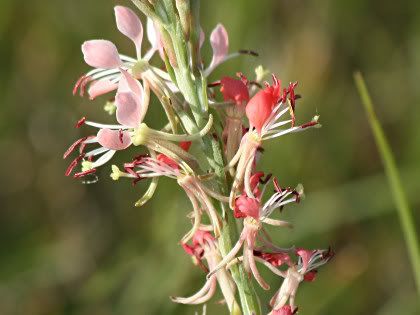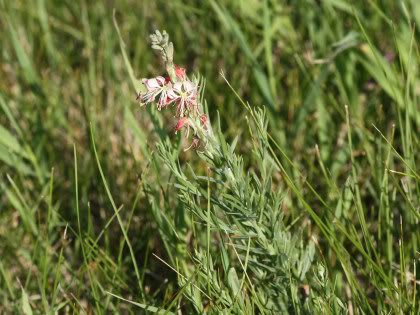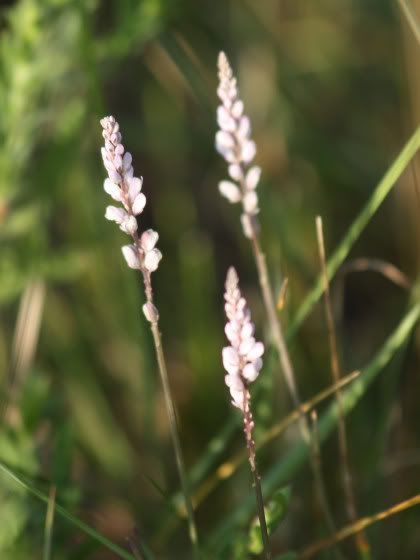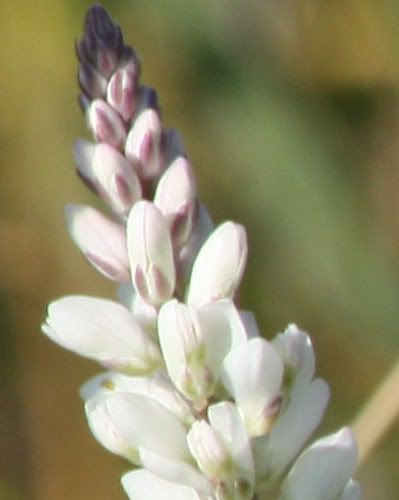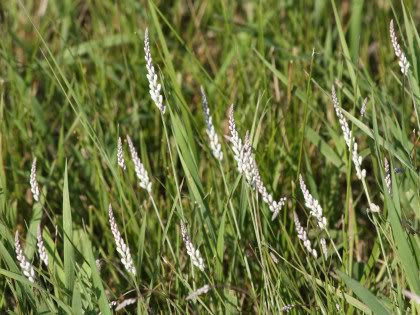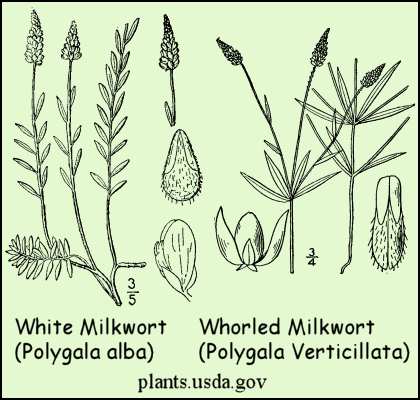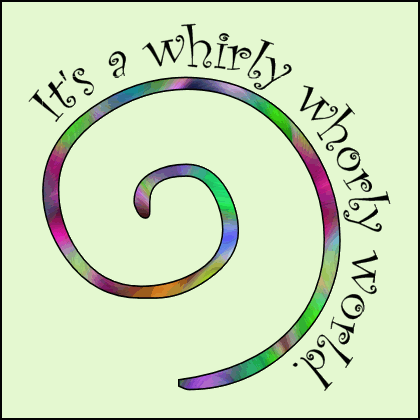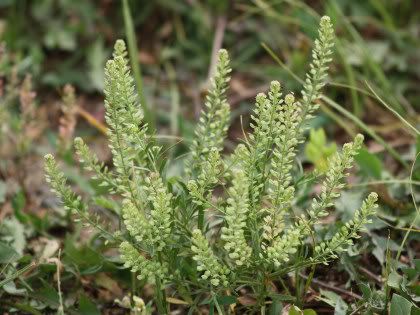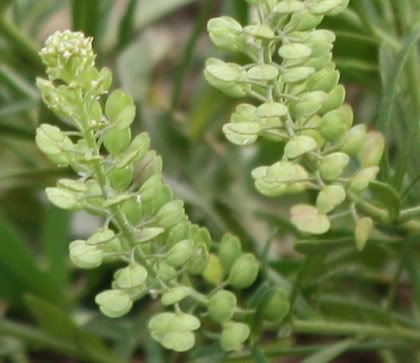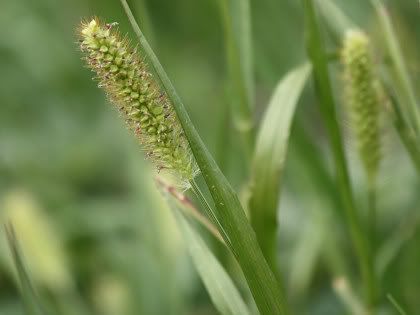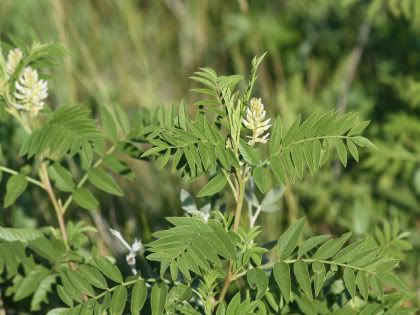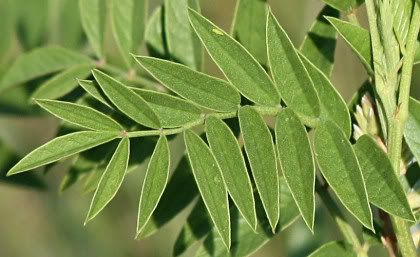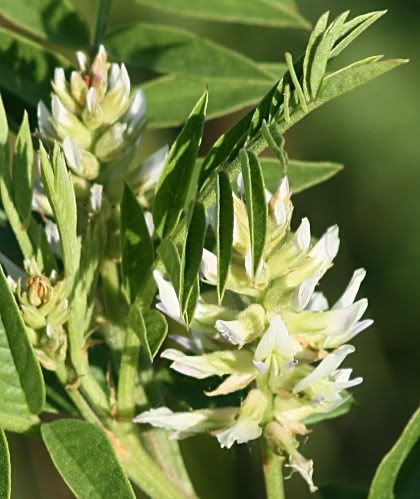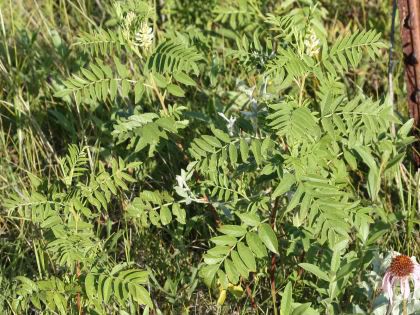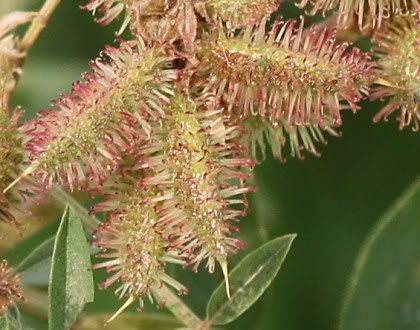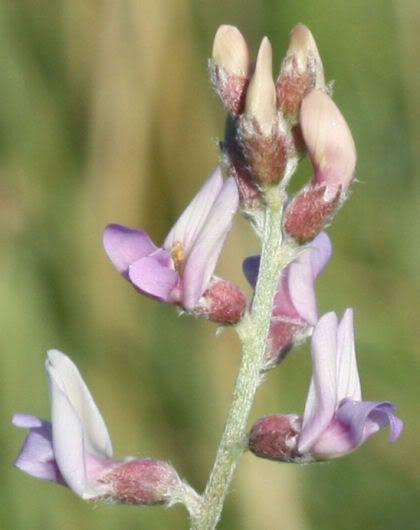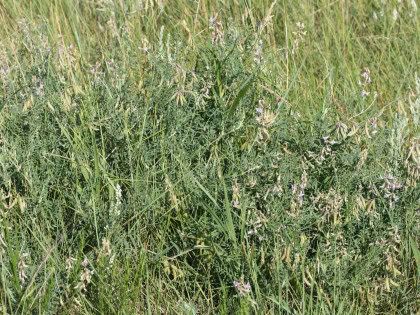
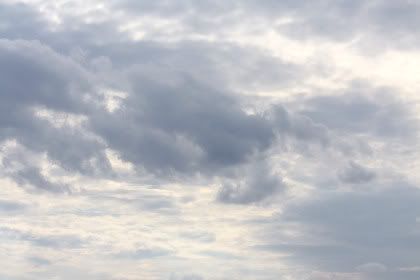
The sun is behind pink cast clouds, illuminating them.
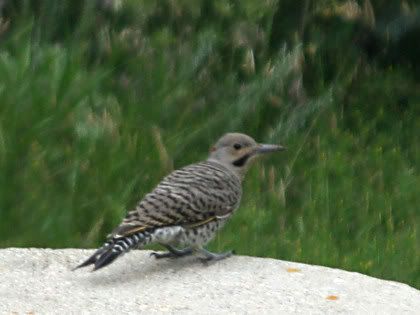
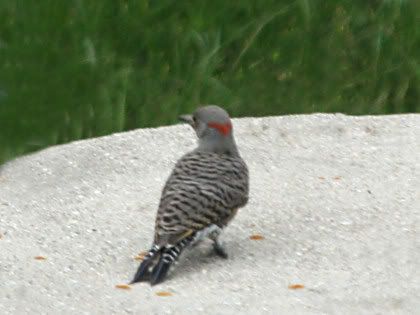
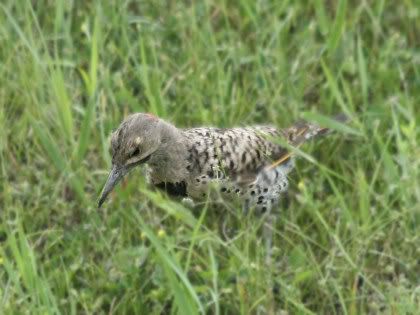
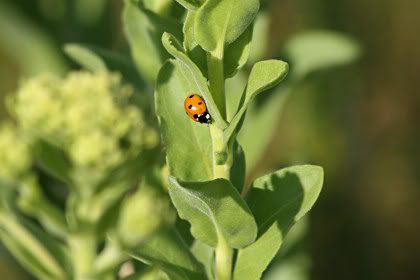
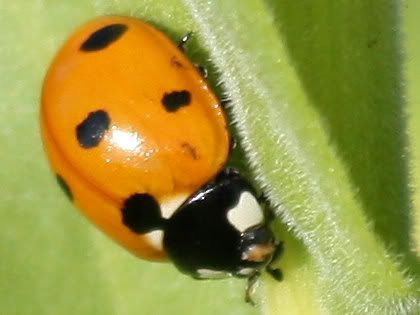
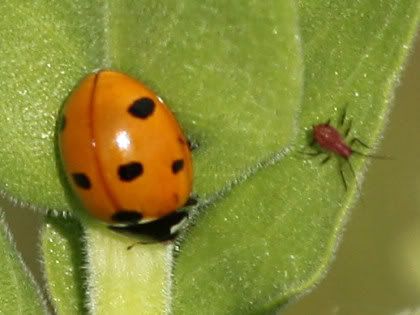
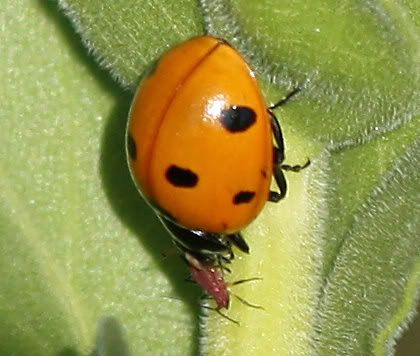
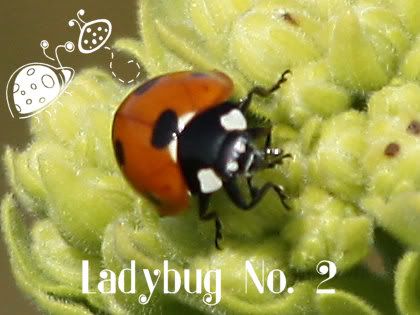
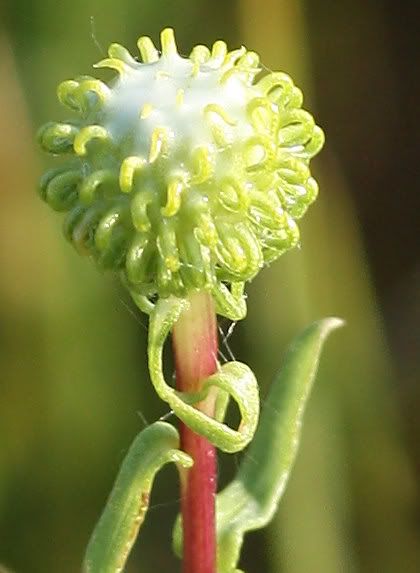
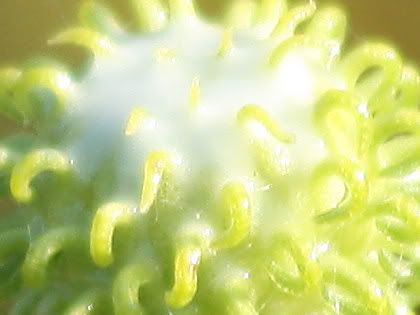
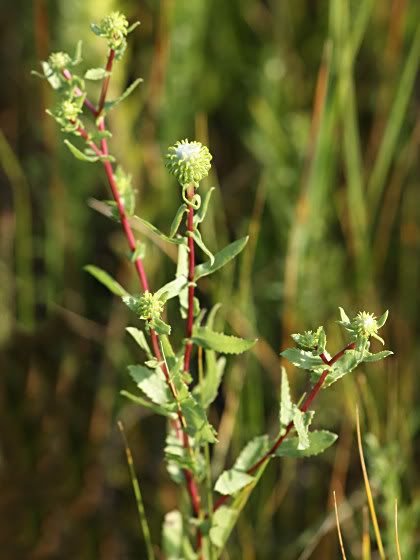
"...a biennial that blooms and dies during its second growing season.
The most characteristic feature is the curly involucre (group of scale-like leaves around the flower head) which exudes copious amounts of sticky resin. "
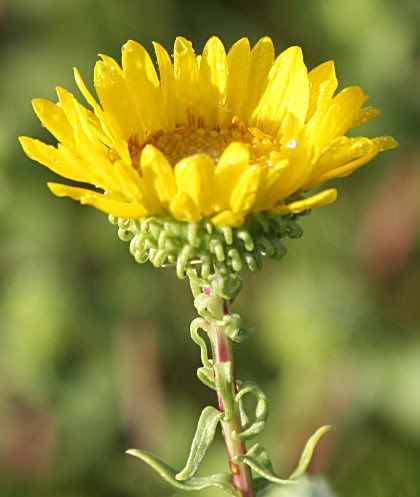
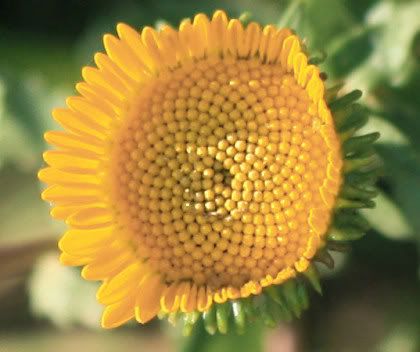
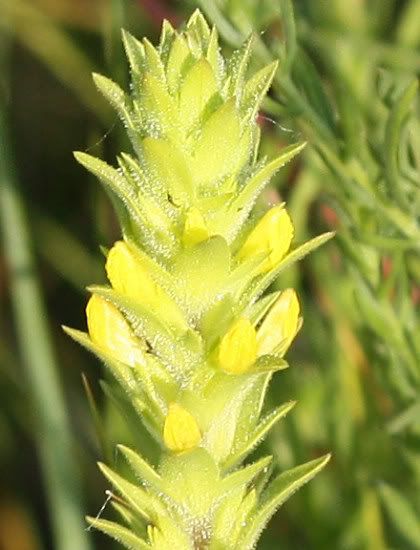
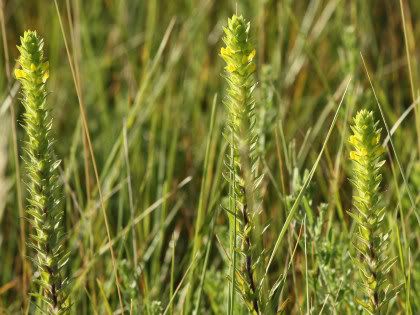
I have no idea why this plant received the colloquial name "owl clover," although the rounded tops of the plants do resemble owls' heads, with the projecting flowers forming the "ears."
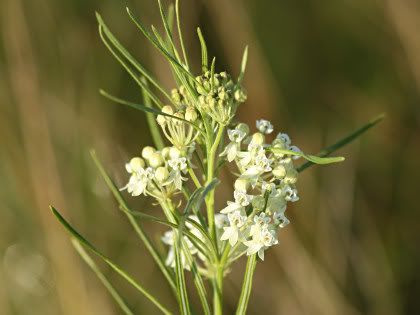

"Leaves of this milkweed are about two inches long and very narrow; they occur in whorls of two to four along the full length of the stem. As in all milkweeds, the flowers are clustered into umbels. Botanists define an umbel as a cluster of flowers in which all the flower stalks (pedicels) arise from the same point."
"The specific epithet verticillata means "whorled" in botanical Latin."
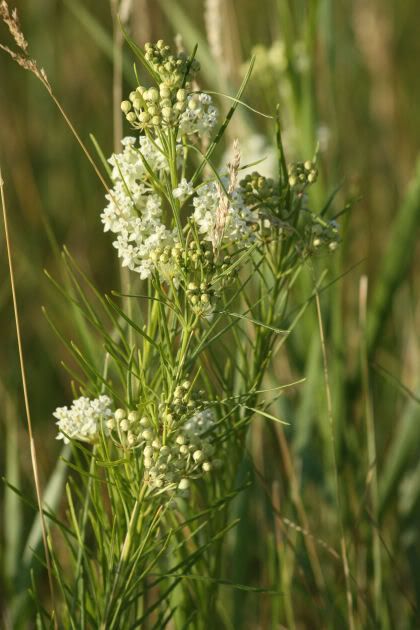
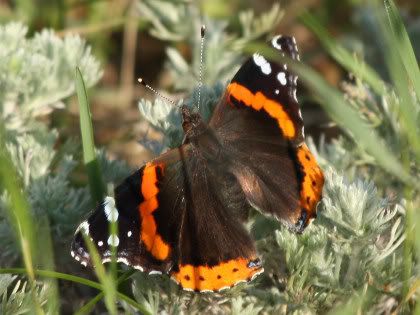
"...the Red Admiral will alight on a person's shoulder day after day in a garden.
In midsummer it is not unusual to see them chasing each other or Painted Ladies just before a thunderstorm or at dusk. "
